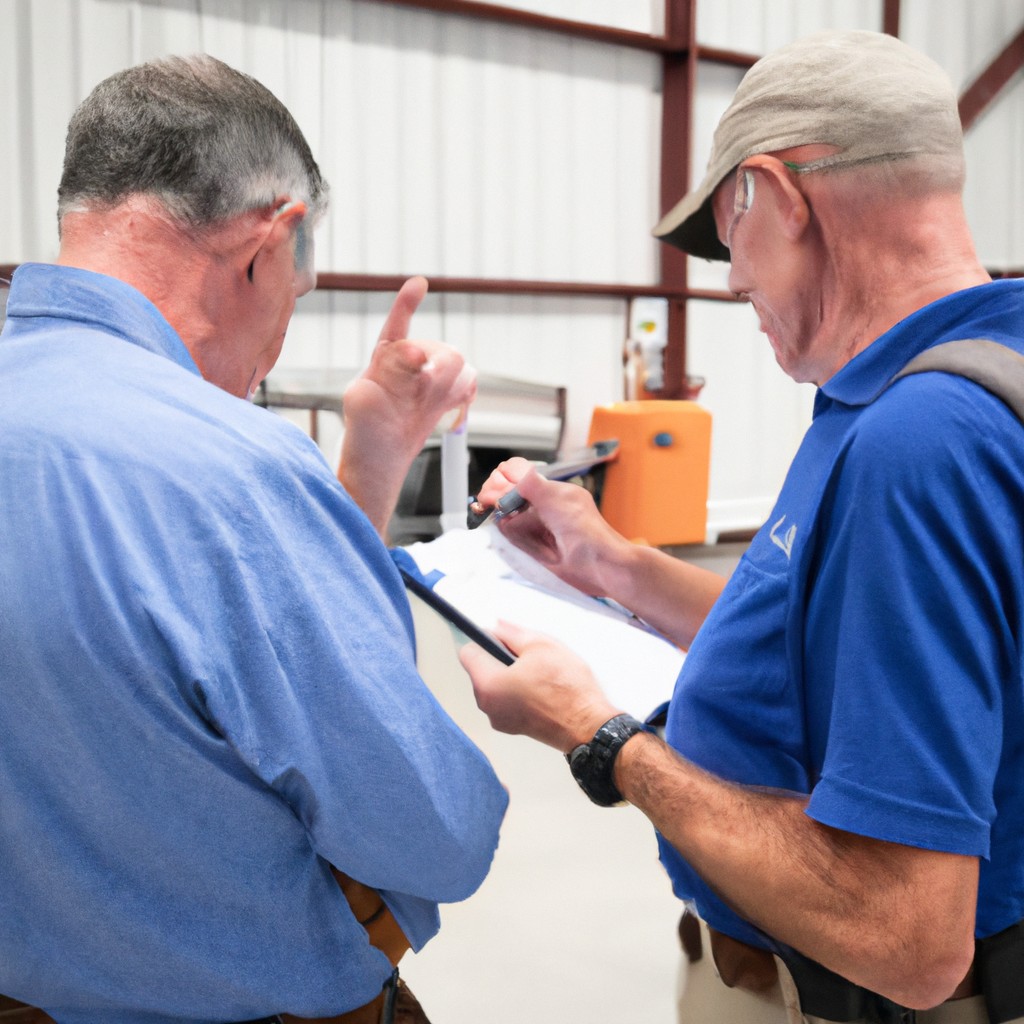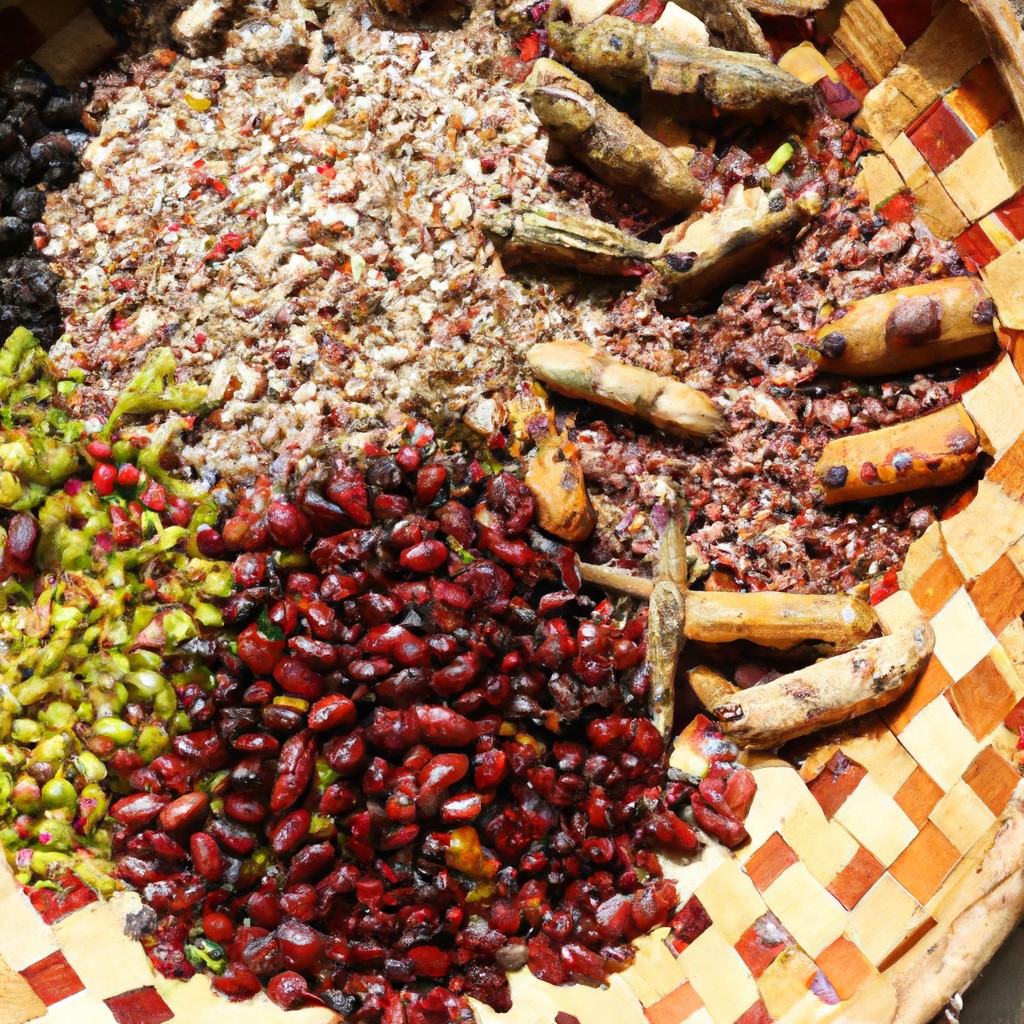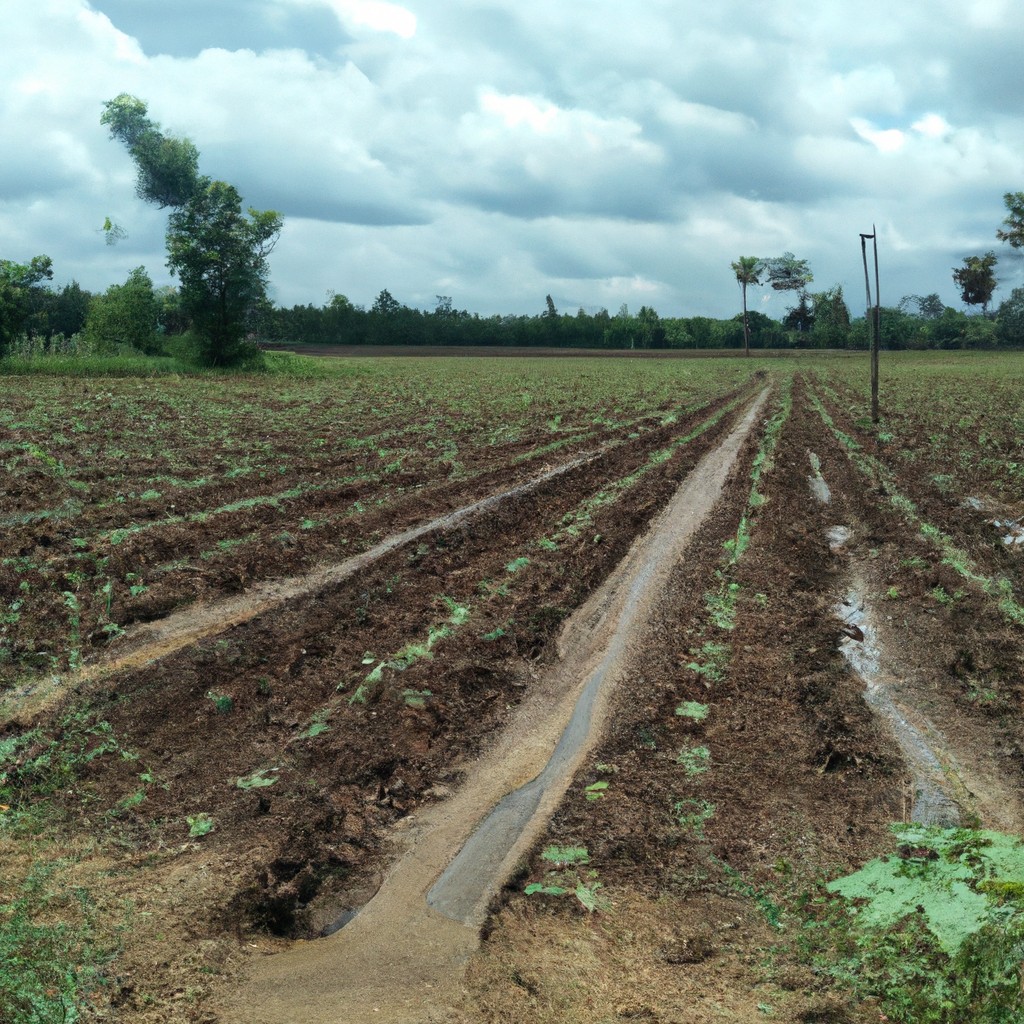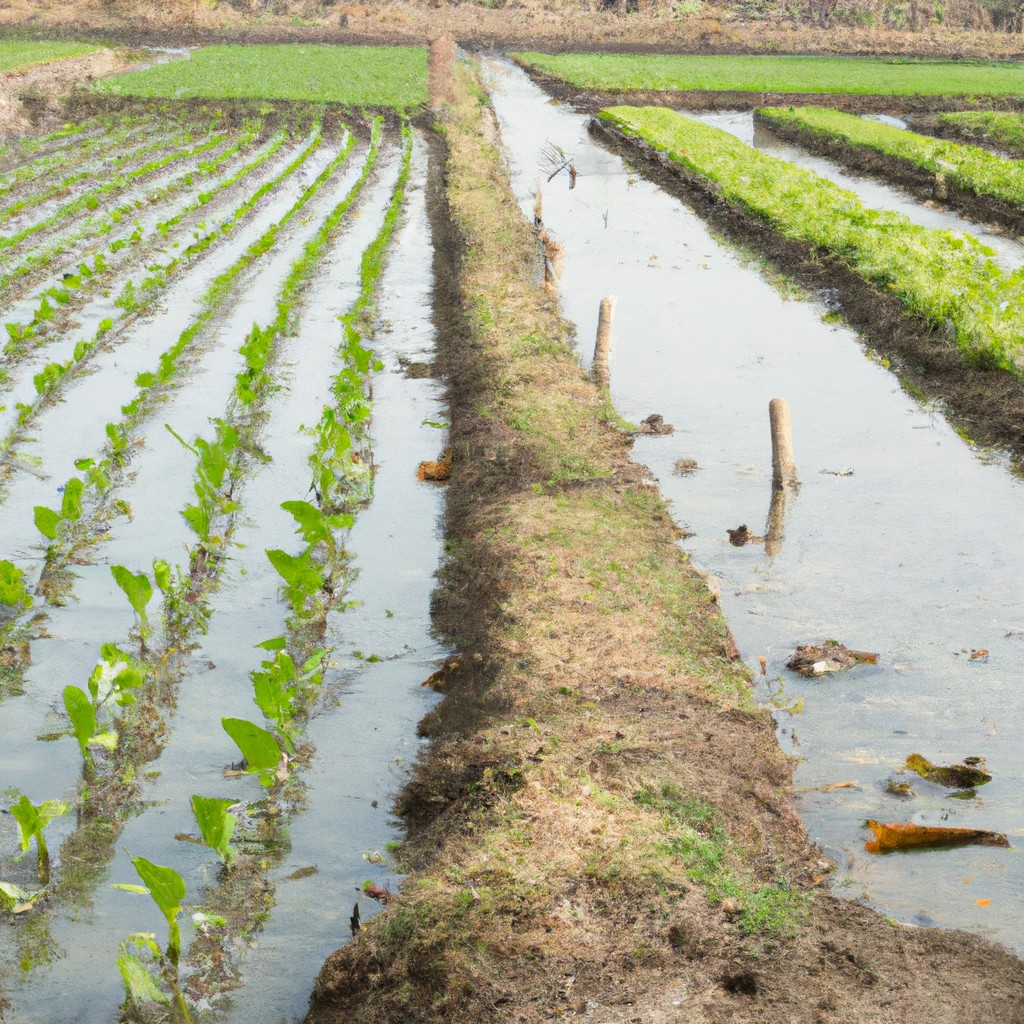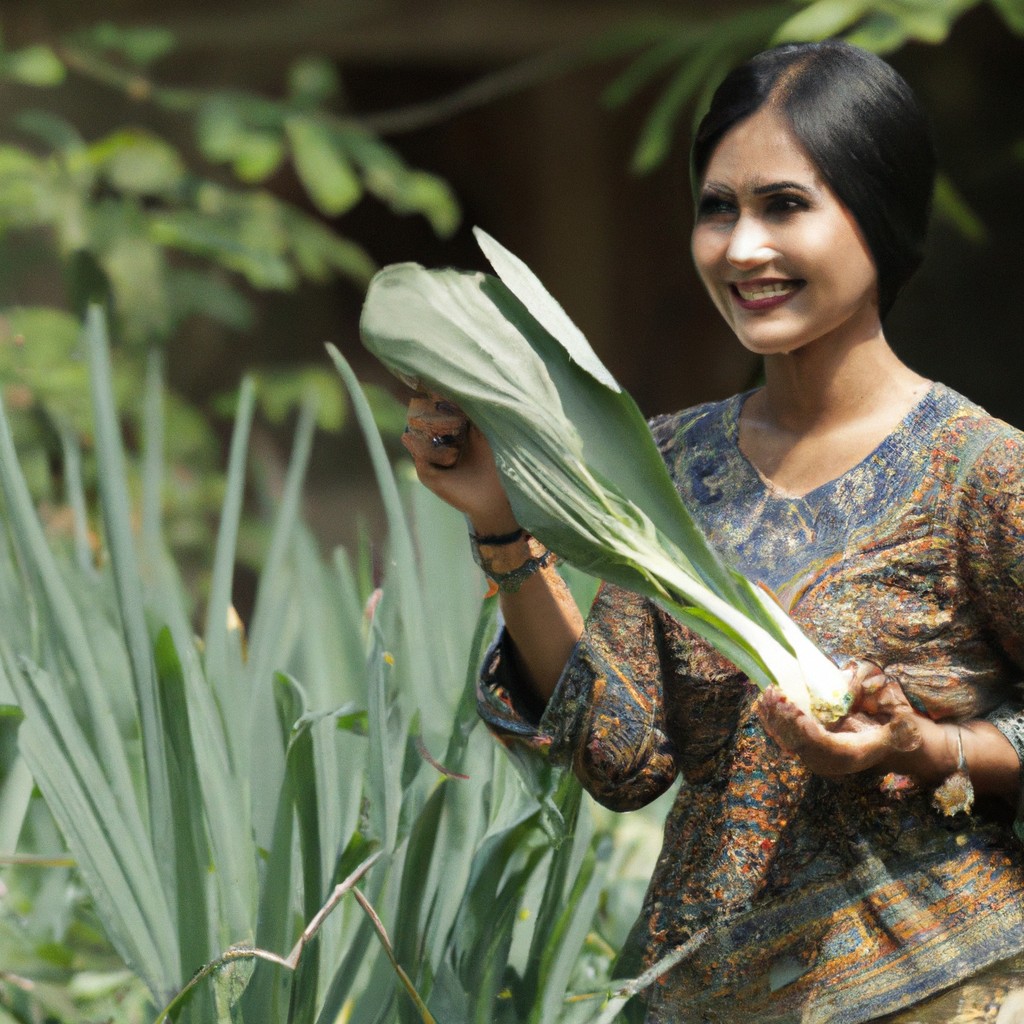Discover what the Secretary of Agriculture really does, from managing food safety to promoting sustainable farming innovations.
Look Inside:
General Duties and Advisory Functions
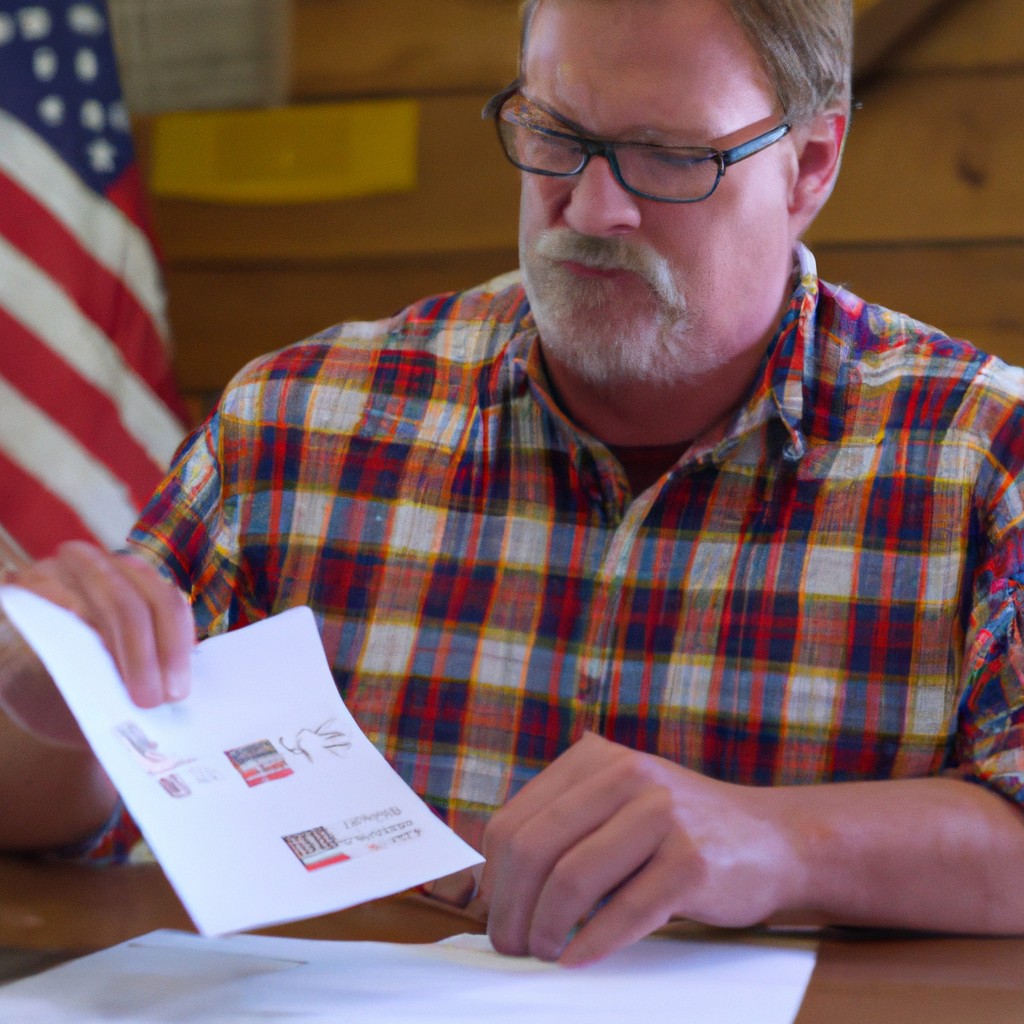
Picture a maestro conducting a symphony. That’s the Secretary of Agriculture, orchestrating the harmony of America’s farming and food policies. Here are some of their magical duties:
They oversee department operations, ensuring everything from farm to fork runs smoother than buttery corn. Their advisory powers are like a farmer’s crystal ball, helping the President make leafy decisions about agriculture and food.
With a hop and a skip, they assess agricultural production, balancing supply and demand like a menu on a diet. Plus, they keep farmers and ranchers informed, ensuring they’re not as lost as a cow in high weeds.
Essentially, they serve as a bridge, connecting government policy with the plucky world of agriculture, aiming for a harvest of success.
Research and Development Responsibilities
Harnessing the power of science and technology, this role keeps agriculture efficient without conjuring up Frankenstein’s farm monsters.
Driving innovation in crop production and livestock management, it’s a bit like being a tech wizard for plants and animals. Encouraging sustainable practices, they ensure farming doesn’t just have a happy-ever-after moment but a whole saga of eco-friendly sequels.
Collaboration with universities and research institutions is key. They make sure American agriculture isn’t stuck with old-school snail mail while the rest of the world uses email.
Whether it’s finding new uses for corn or developing drought-resistant super veggies, the goal is clear: keep the food supply chain less of a chore and more of a robust international dance. So next time you enjoy a juicy tomato, remember there was a lot of science involved, minus the lab coats at the dinner table.
Role Within Executive Branch
The Secretary of Agriculture might not wear a cape, but they’ve got a pivotal role in the Executive Branch. Here’s a glimpse into their world:
They’re like the Chief Cheerleader for U.S. agriculture policy, advising the President on which crops deserve an extra high five and which farming practices could save the planet.
They help craft policy magic to ensure our dinner plates stay full. Whether it’s propping up the price of peas or pushing for sustainable practices, they’re in the thick of it.
This role involves working elbow-to-elbow with other federal departments. Whether coordinating on climate change issues or organizing a potluck of policy ideas, collaboration is key.
They’ve got a mall map of federal programs, guiding them like a GPS to implement food and agriculture policies effectively throughout the nation.
And hey, they also get to do some globetrotting! Promoting U.S. agricultural interests abroad is just another day in their interesting office.
Coordination With Legislative and Judicial Branches
Sure, they juggle more than just farm tools. The Secretary works like a matchmaker between the USDA and the legislative branch, helping propose and refine agriculture-related laws. They often whisper sweet policies into Congress’s ear—or maybe they use official memos, who knows! Monitoring legislation not only keeps them busy but also ensures that farming policies are not from the Mesozoic era.
On the judicial front, the Secretary just doesn’t go throwing one-liners in courtrooms. They collaborate with the judicial branch, ensuring agriculture policies align with the law of the land. If any hot potato legal disputes on agriculture matters arise, they play referee, ensuring everyone plays nice in the legal sandbox.
By engaging positively with these branches, the Secretary becomes an agriculture policy hero in a bureaucratic cape, fighting for farmers in the halls of power.
Oversight of Related Activities
Think of the Secretary of Agriculture as the ultimate farm detective, sleuthing through mountains of paperwork and fields of crops. Armed with a magnifying glass (metaphorically, of course) and a sharp eye, they ensure everything from crop insurance to food safety is up to snuff.
Picture them as a maestro orchestrating the harmony between forest management and rural development, ensuring no note—or tree—is left behind. They may not wear a superhero cape, but they do protect consumers from hazardous foods, safer than a medieval suit of armor.
The Secretary also has a knack for numbers, allocating funds like they’re crafting a masterpiece of financial wizardry, all while making sure farmers and ranchers aren’t left high and dry. Like the world’s best party planner, they coordinate disaster relief efforts with flair when nature decides to gate-crash a farmer’s field. Who knew oversight could be such a lively affair?
